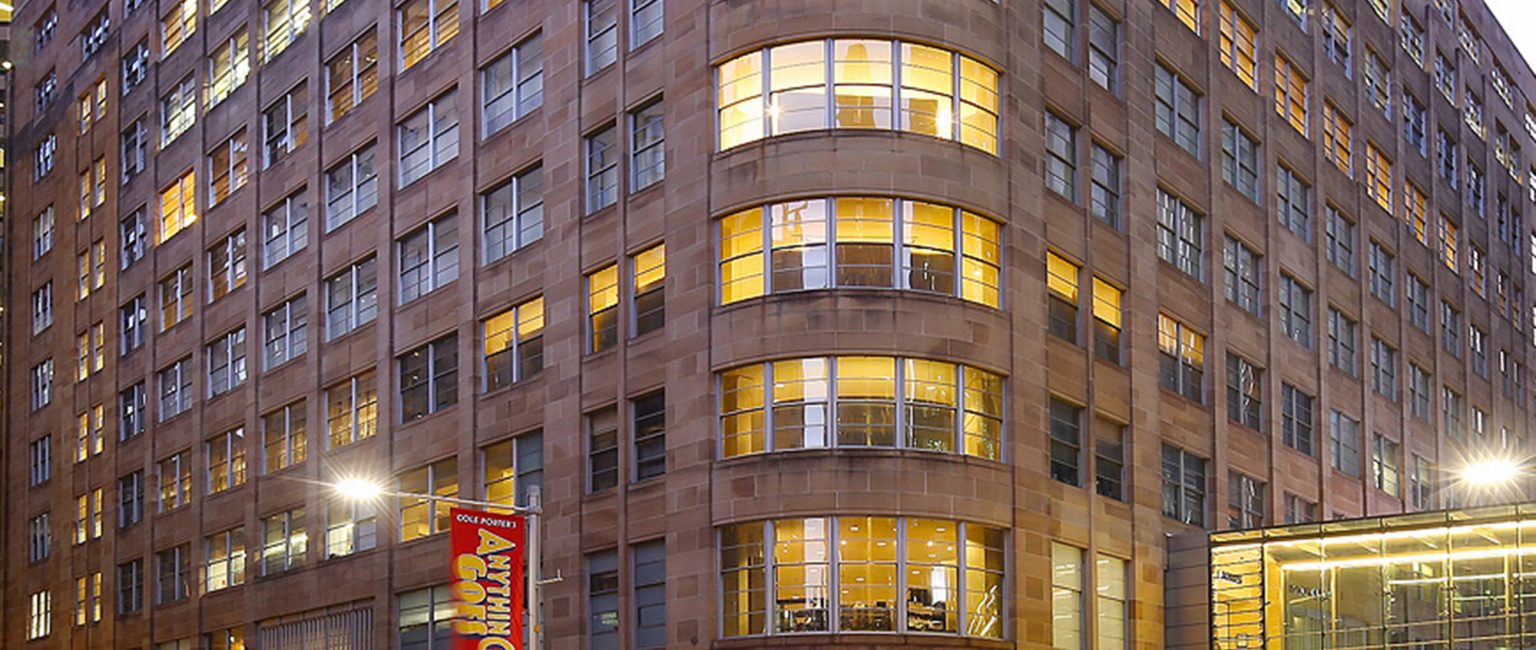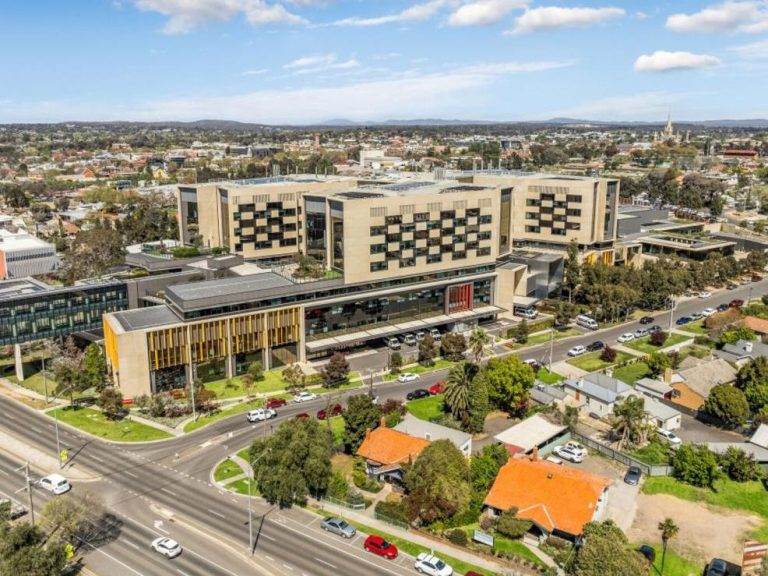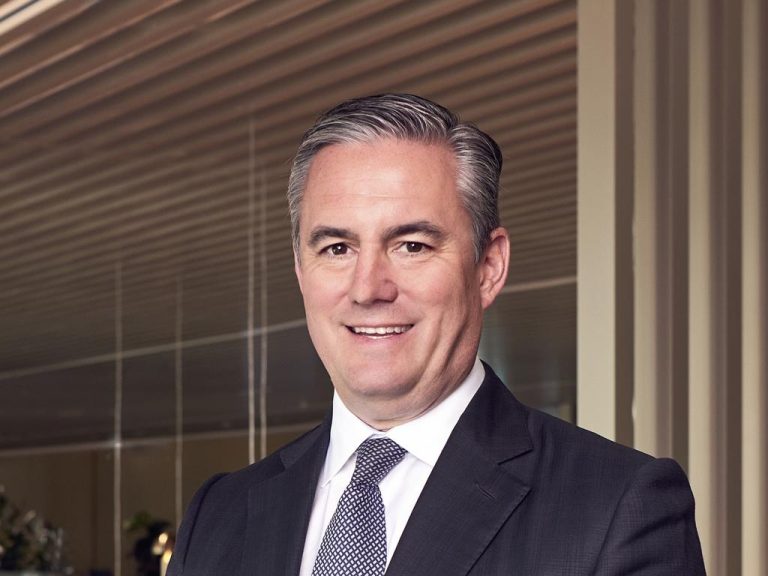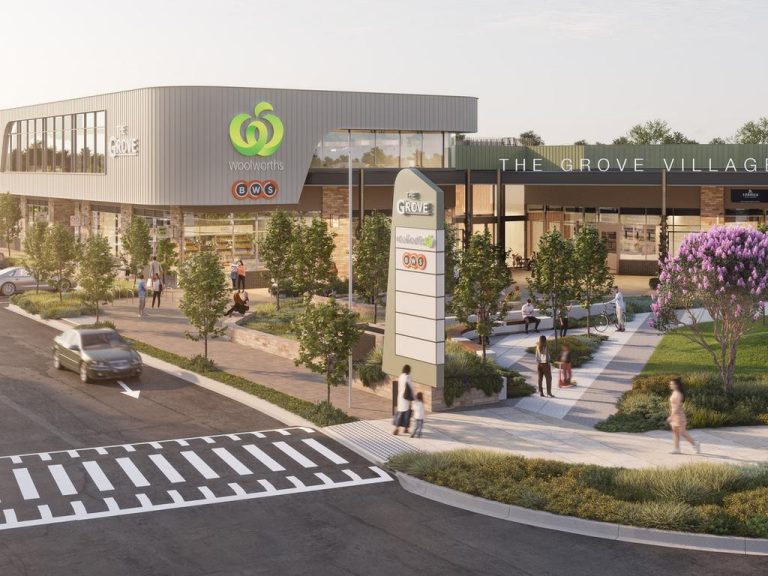US trumps Chinese in race for Australian retail

The United States proved to be the dominant foreign force in Australian retail investment in 2016, while Queensland tipped New South Wales out of top spot for sales.
After realcommercial.com.au reported in August that the US had edged China in commercial property investment in Australia in the first half of the year, the money kept coming and saw American buyers claim almost $1 billion of the $6.5 billion bought Australia-wide.
It was a big year for foreign investment, with overseas buyers behind almost a third of all retail property investment – pouring more than $2 billion into the country.
Commercial Insights: Subscribe to receive the latest news and updates
Asian buyers – mostly from China, Singapore, Malaysia and Taiwan – followed with $800 million.
Meanwhile, Queensland edged out its southern rivals to become Australia’s mecca for retail property investors.
The sunshine state posted an impressive $2.1 billion in sales of shopping centres last year.

Toombul Shopping Centre was sold to American investor Blackstone.
It accounted for almost a third of investment nationwide.
Savills Australia’s latest research shows Queensland overtook NSW for investment in enclosed retail centres between January and December.
Major purchases including Mirvac’s $228 million buy-up of Toombul Shopping Centre in Brisbane’s north drove up the figure.
The sale of Clifford Gardens Shopping Centre in Toowoomba for $178 million, The Myer Centre in central Brisbane for $192 million and Runaway Bay Shopping Centre on the Gold Coast for $160 million were also standouts.
We now have four years in a row of sales averaging $7.6 billion a year, a total of $30.4 billion
Savills national director of retail investments Steven Lerche says retail property investment Australia-wide topped $6.5 billion last year, down from $9.4 billion in 2015.
The drop – seen across all jurisdictions – was largely attributable to lack of opportunities to buy.
This was forcing bigger players to look at the smaller end of the market.
“We now have four years in a row of sales averaging $7.6 billion a year, a total of $30.4 billion, while the 10-year average is $5.3 billion, a total of $21.2 billion,” Lerche says.
“That means that for four years in a row we have had sales 43% above the norm and so it is not surprising that properties for sale are in short supply and that yields continue to firm.”

The sale of Forest Hill Chase Shopping Centre was one of Victoria’s largest of the year.
NSW dropped to second place for retail investment with $1.94 billion.
The figure includes the sale of Sydney’s landmark David Jones store in Market St to shopping centre giant Scentre Group and superannuation fund Cbus for $360 million.
Victoria retained third position with $1.74 billion, including the sale of Forest Hill Chase for $267 million, the upmarket St. Collins Lane in Melbourne’s CBD for $247 million and Casey Central for $221 million.
WA overtook South Australia with $616 million in sales, including Perth’s Carillon City Shopping Centre.
South Australia’s $142 million figure followed a record-breaking $861 million in 2015, which included the sale of Adelaide’s Rundle Place and Myer Centre.
It is not surprising that properties for sale are in short supply and that yields continue to firm
Savills expects shopping centre yields will continue to firm but eventually taper off, fuelling speculation private investors may look to capitalise on the tight market and sell.
National head of research Tony Crabb says yields for enclosed shopping centres now generally range from 4.5% to 8.25%.
Melbourne had the lowest individual shop yields at 3.5%, with Sydney posting 4.5% in CBD malls.
Perth shopping strips were returning up to 9 per cent while yields in the large format sector ranged from 5.5% to 9%.







